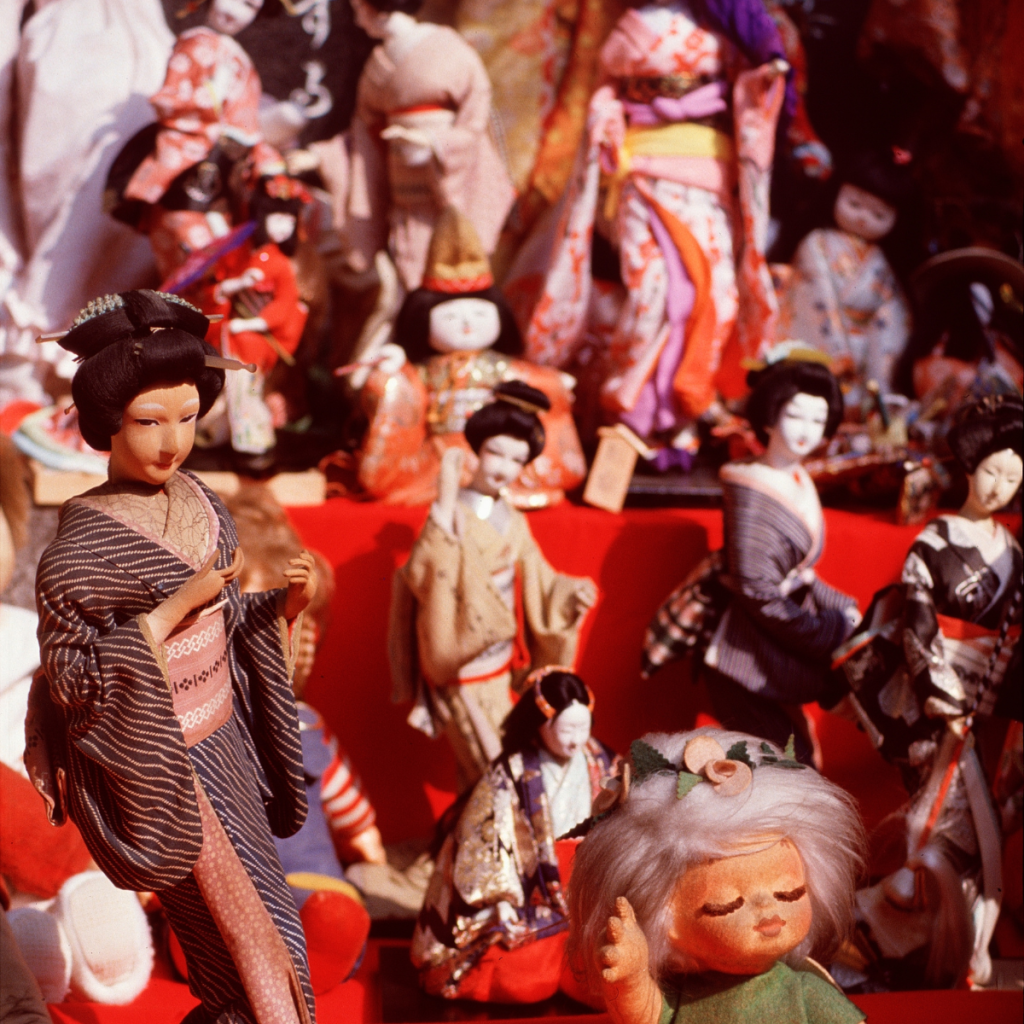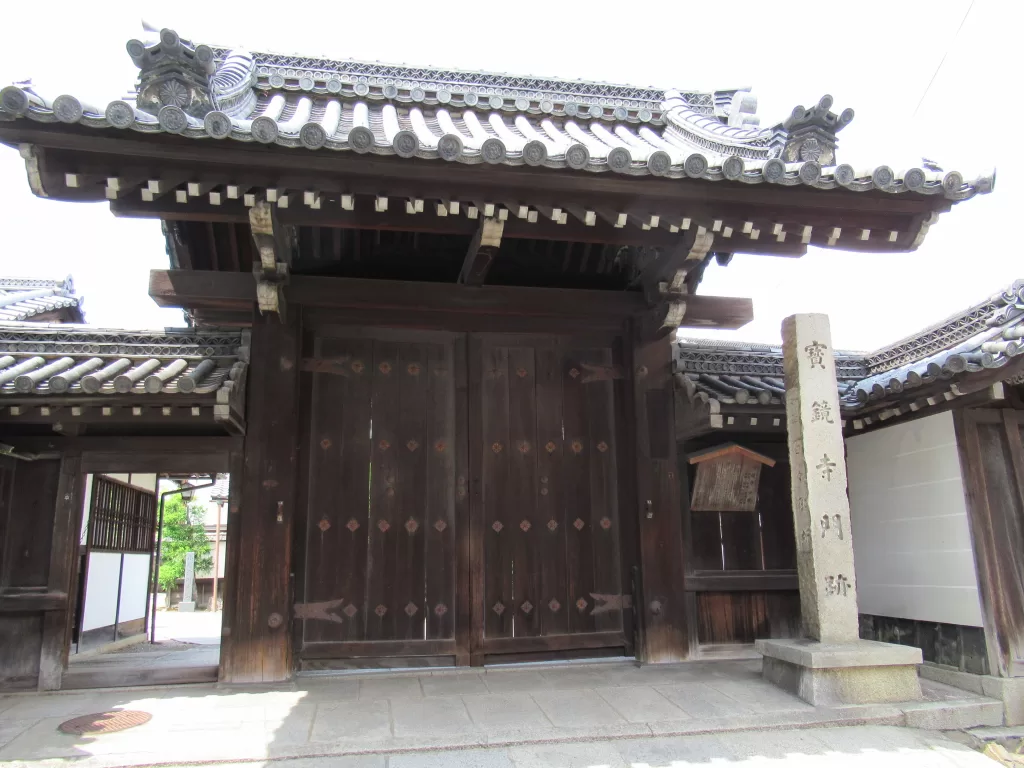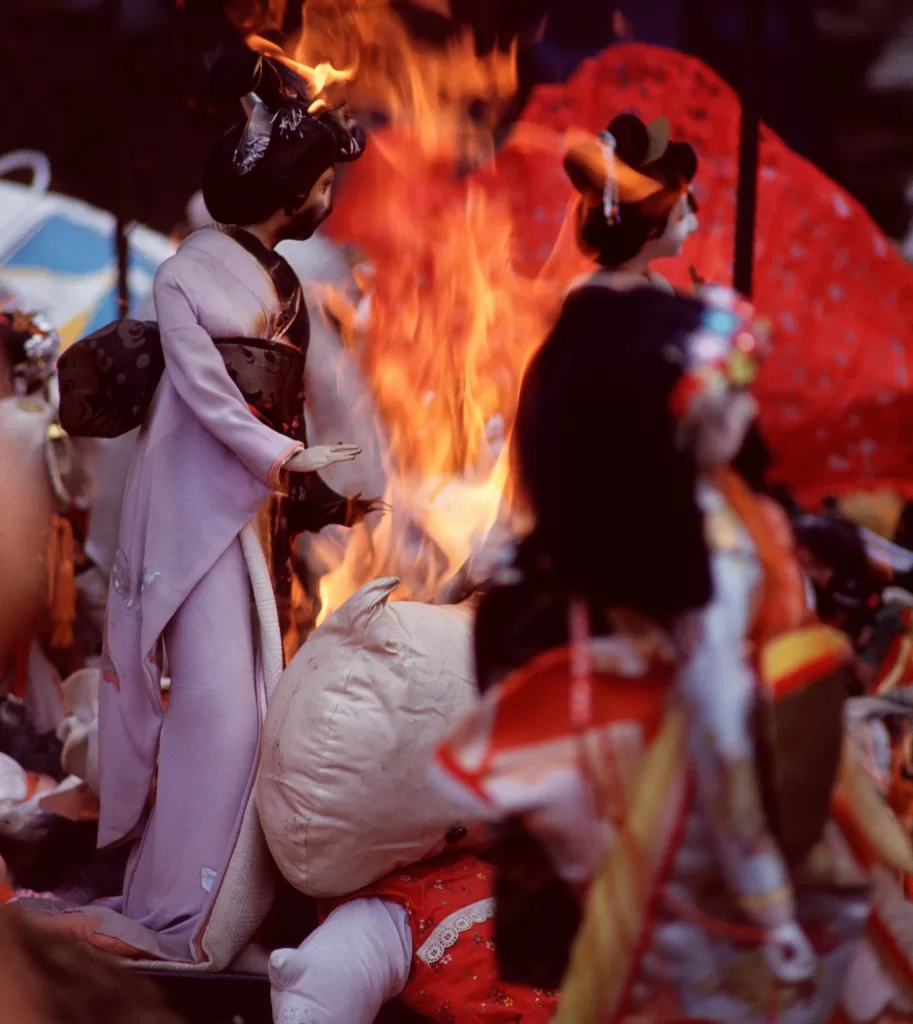The Ningyō Kuyō Ritual: Japan’s Doll Memorial Service at Hōkyō-ji Temple

A Unique Japanese Tradition: Ningyō Kuyō
In Japan, a unique ritual called Ningyō Kuyō (人形供養) allows people to hold a memorial service for their beloved dolls, toys, and other personal items. This event takes place at the famous Hōkyō-ji Temple – also known as “the Doll Temple”. This temple is only open to the public twice a year for doll exhibitions and the annual Doll Memorial Service held on October 14th.
The ritual of Ningyō Kuyō is deeply rooted in Japanese beliefs and folklore, particularly the concept of tsukumogami (付喪神), or spirit-infused objects. In this article, we delve into historical and cultural aspects of the ceremony held at Hōkyō-ji Temple and the background behind this fascinating tradition. It’s one of the most anticipated Kyoto events in October.
The Doll Temple: History and Legacy
Hōkyō-ji, located in Kyoto, is a nunnery that has traditionally had imperial princesses serving as their head priestesses. Often sent dolls by their emperor fathers to commemorate seasonal changes or special events, these dolls have since been carefully stored and preserved at Hōkyō-ji.
Due to its vast collection of dolls, Hōkyō-ji became known colloquially as “the Doll Temple.” For a small fee, individuals can offer their unwanted toys or dolls to the temple throughout the year.
Supported by the Kyoto Doll Commerce & Industry Cooperative, Hōkyō-ji’s Ningyō Kuyō service aims to soothe the spirits of discarded dolls through a proper send-off.

Tsukumogami: The Heart of Ningyō Kuyō
The belief in tsukumogami originated during Japan’s Heian period. According to folklore, these creatures were said to form when an object reached one hundred years of age. They were believed to be particularly potent spirits, holding a special “soul” or energy.
Tsukumogami were thought to cause mischief and bring misfortune to those who threw them away without gratitude. Thus, people began bringing these items to temples for memorial services, both as an expression of respect and to prevent the emergence of vengeful tsukumogami.

The Ningyō Kuyō Ceremony at Hōkyō-ji Temple
The annual Doll Memorial Service at Hōkyō-ji takes place on October 14th at 10:30 am. During the ceremony, nuns assemble in front of the temple’s Doll Burial Mound, where ashes from previous years’ dolls are interred.
One woman, dressed as a tayū (Japanese courtesan), oversees the service alongside two women who portray imperial princesses from centuries past. The trio presents prayers, incense, and flowers before the burial mound as a gesture of reverence and tribute.
Following the Buddhist service officiated by the nuns, the ceremony concludes with a tayū-style song and dance performance. This heartfelt celebration ensures that dolls are respectfully laid to rest and provides closure for their former owners.
For those who desire a proper send-off for their cherished dolls rather than simply discarding them in the trash, Hōkyō-ji’s Ningyō Kuyō service is a unique and spiritually significant opportunity.
If you want to know more about the traditional events in Kyoto, check out the Kotobuki-kai. The Kotobuki-kai is a traditional Japanese cultural association that organizes various events and activities to promote art, music, and dance in the local community.